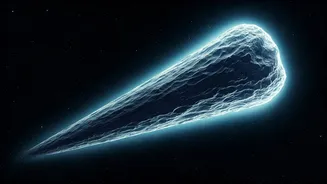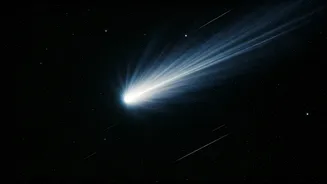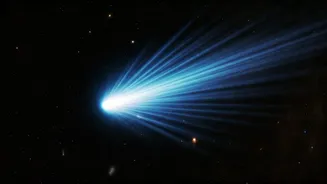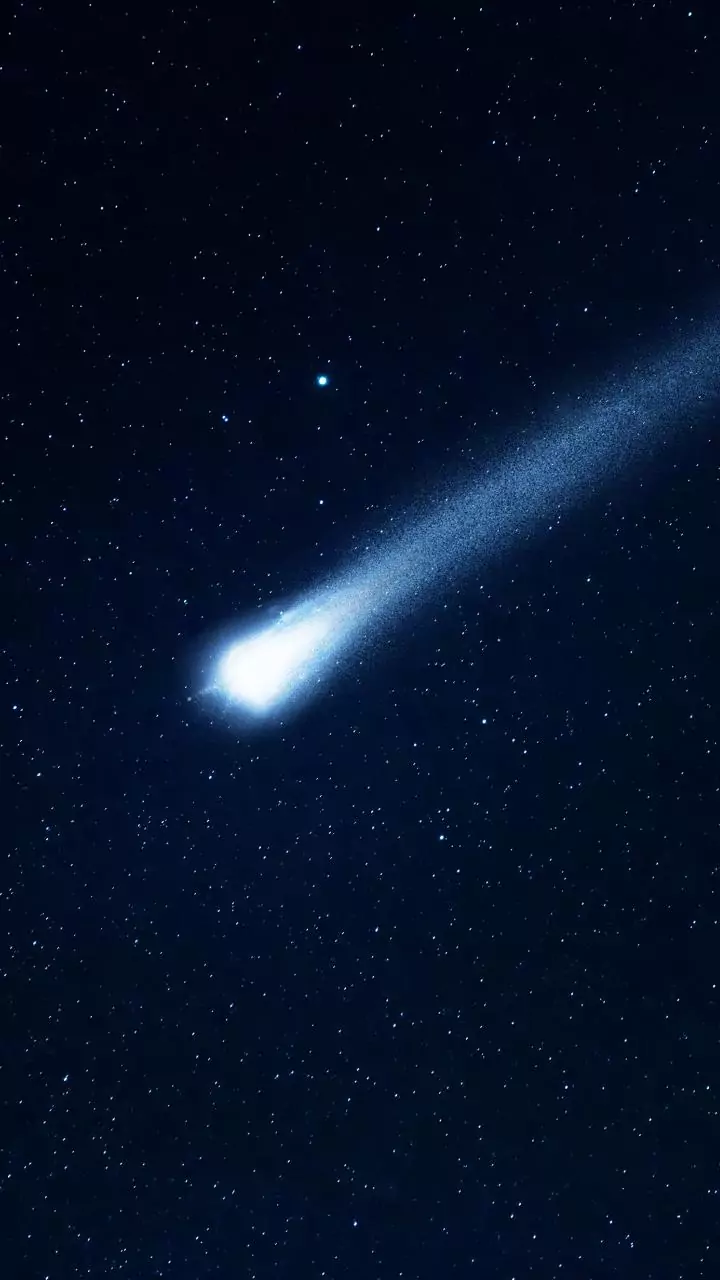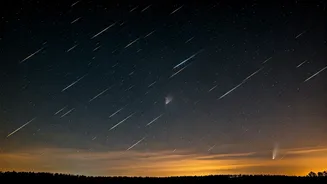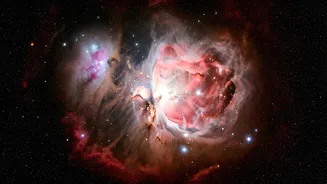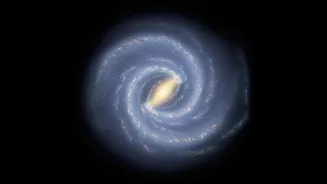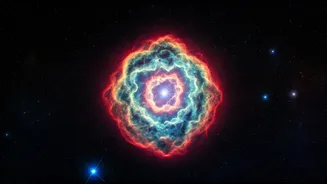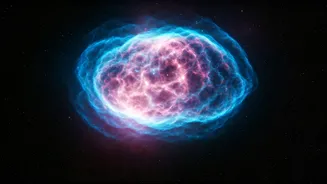Comet's Milky Way Origin
Recent research posits a compelling theory regarding the origin of interstellar comet 3I/ATLAS. The study suggests that this celestial object might have
its roots in a previously unexplored frontier of the Milky Way galaxy. This intriguing discovery hints at the potential for further investigations into the composition and formation of comets, and perhaps gaining fresh insights into our galaxy's evolution. The exact location within the Milky Way from which 3I/ATLAS emerged is currently under speculation, which adds another layer of excitement to future research endeavors. This raises significant questions concerning how comets form and how they can journey across interstellar space, eventually entering our solar system as visitors from an unknown part of the galaxy.
Probes to Observe ATLAS
As interstellar comet 3I/ATLAS approaches the sun, the Mars and Jupiter probes are preparing to observe it. This gives scientists a fantastic chance to study this rare visitor in detail. The probes will gather crucial data on the comet's behavior, including its composition, size, and how it reacts to the sun's radiation. These observations are likely to enhance our comprehension of interstellar objects and their interactions with solar environments. The scientific community is expecting significant insights that could rewrite textbooks. The data collected by these probes promises to shed light on the origins of 3I/ATLAS and the formation of the solar system.
SWAN's October Flyby
Earlier, Comet SWAN had a flyby. Although not directly related to 3I/ATLAS, observing such celestial events provides essential context for understanding cometary behavior in general. While details about the precise observations of Comet SWAN during its flyby and any specifics about its effects on the data from 3I/ATLAS, are not readily available, any existing information from the earlier encounter can be invaluable in interpreting the data gathered by probes and other observatories concerning 3I/ATLAS. The earlier information could offer a broader perspective on comets, and contribute to future models regarding their interstellar travel and physical properties.
